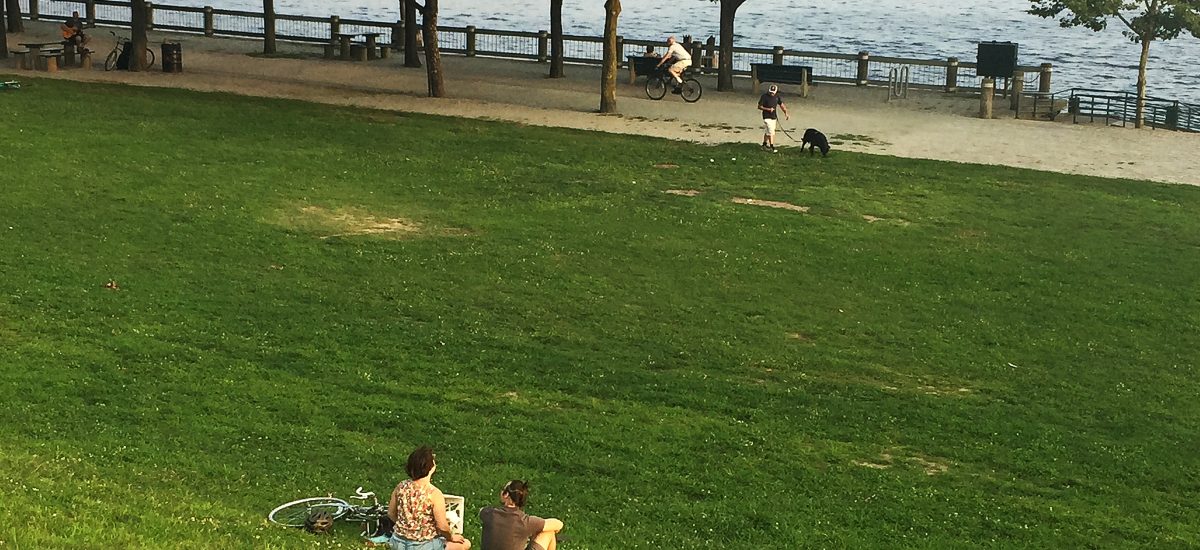15 Years Carrying Out the Friends of India Point Park (FIPP) Mission
To protect and enhance India Point Park’s informal, unstructured natural beauty and preserve it as a refuge from the city and the built environment
Sparked by the relocation of I-195, Friends of India Point Park (FIPP) was founded in January, 2000, to advocate on behalf of the Park because trees don’t vote.
Our mission emphasizes protecting the Park’s “quirky, free-spirited nature,” “unencumbered landscape,” and “wide views of the city waterfront” on land that 42 years ago was railroad yards and a scrap metal pile.
Our accomplishments, resulting from years of advocacy and working closely with our elected representatives, city and state government officials, and other citizen’s groups, include:
Stopping buildings and concrete from encroaching on the Park
- Parking garage planned by Brown for 700 spaces on the waterfront across from the Park.
- Ferry terminal and information center planned by RIPTA and the Parks Department on the Park’s narrowest shoreline, near the Shooters site.
- Another classroom building for Community Boating Center on the Park’s narrowest shoreline.
- Wide “multi-modal” shoreline path. Cyclists are now routed along India Street’s sidewalk.
- Distance markers along the shoreline path advocated by regular walkers.
Reducing the visual impact of physical structures
- Rope climbing structures on the playground allow water views and evoke nautical rigging.
- Low retaining wall in the playground displays the mosaic mural of nautical scenes.
- Low historic signs on the shoreline, or signs perpendicular to the shoreline on wooden posts.
- Public use zoning applied to the Shooters site with height limits and ban on residences or hotel.
- Smaller parking lot on India Street than planned; it was supposed to be broken up by trees.
- Concrete walls covered by bushes and vines on the pedestrian bridge and along I-195.
Protecting trees and informal landscaping
- Large oak tree softens and shades the pedestrian bridge. DOT had planned to remove it.
- 35 mature trees transplanted by DOT at our urging, replacing those removed without notice.
- Trees planted on the Park side of Brown’s studio building.
- Informal landscaping of native species abound on and around the pedestrian bridge.
- Invasive species cut back: FIPP’s 5-year pruning project opened water views of the Seekonk.
- FIPP Art show: paintings and photographs celebrating India Point Park displayed at City Hall.
Advocating for
- Burial of power lines. After a 13-year campaign and $17 million raised, we’re still at it.
- Permeable paths of crushed stone in the Park, instead of paved; DOT disagreed.
- Natural boulders along the India St. sidewalk, rather than the rectangular blocks DOT installed.
- Down lighting along India Street, which was promised but not installed.
